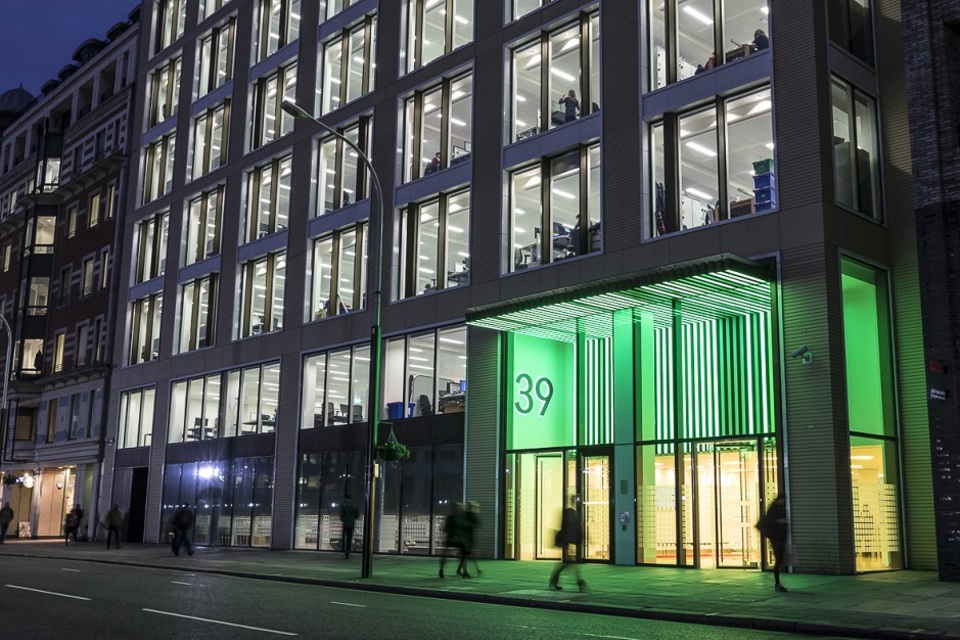
Local COVID-19 alert level update: 15 October 2020
Published By GOV.UK [English], Thu, Oct 15, 2020 6:43 AM
After close discussions with local leaders, the following areas will move from local COVID alert level: medium to local COVID alert level: high from Saturday 17 October 00:01:
London (all 32 boroughs and the City of London)
Elmbridge
Essex (area covered by Essex County Council only)
Barrow-in-Furness
York
North East Derbyshire
Erewash
Chesterfield
This means that for these areas, the following measures will be in place:
people must not meet with anybody outside their household or support bubble in any indoor setting, whether at home or in a public place
people must not meet in a group of more than 6 outside, including in a garden or other space
people should aim to reduce the number of journeys they make where possible. If they need to travel, they should walk or cycle where possible, or plan ahead and avoid busy times and routes on public transport
These measures will be reviewed every 14 days to consider whether they are still appropriate.
The rate of COVID-19 infections is rising rapidly across the UK. The ONS estimate that one in every 240 people in England had the virus in the week from 25 September to 1 October and that the numbers infected are doubling every seven to 12 days. Cases are not evenly spread, with infection rates rising more rapidly in some areas than others.
In London, infection rates are on a steep upward path, with the number of cases detected through NHS Test and Trace doubling over the last ten days. The 7-day average case rate today stands at 97 per 100,000 people, rising sharply. In 13 boroughs the rate is now above 100 per 100,000 people, with Hackney at 134, Richmond upon Thames at 138 and Ealing at 144.
The first peak demonstrated that the infection can spread fast and put huge pressure on the NHS. So having discussed with local leaders the government has taken the decision to act now to bring infection down.
All available data for the areas that will move to local COVID alert level: high on Saturday has been assessed by the government, including the Health and Social Care Secretary, NHS Test and Trace, the Joint Biosecurity Centre (JBC), Public Health England (PHE), the Chief Medical Officer and the Cabinet Office. Data assessed includes incidence, test positivity and the growth rate of the virus.
It is essential that these outbreaks are contained to protect lives and our NHS, and prevent greater economic damage in the future. We face a new challenge as we head into the winter, and we know that even mild cases of COVID-19 can have devastating consequences for people in all age groups, along with the risk of long COVID.
Our strategy is to suppress the virus while supporting the economy, education and the NHS, until an effective vaccine is widely available. Local action is at the centre of our response, and engagement with local authorities is, and will continue to be, a key part of this process.
Speaking in the House, Health and Social Care Secretary Matt Hancock said:
I know that these restrictions are difficult for people. I hate the fact that we have to bring them in. But it is essential that we do bring them in, both to keep people safe, and to prevent greater economic damage in the future.
When a virus is moving fast, we cannot stay still. And if we act collectively, we know we can control the virus, because we have done it before.
Background information
On 12 October, the government introduced a new, simplified framework for local interventions based around three new Local COVID Alert Levels.
The postcode checker shows which alert level applies in each area. The NHS COVID-19 app will also direct people to this information.
We have provided £3.7 billion of funding to local authorities in England to respond to pressures in all their services.
The Prime Minister also announced on Monday 12 October additional COVID funding of around £1 billion which will provide local authorities with additional money to protect vital services. The government will set out further information in due course on how this new funding will be allocated.
There is guidance on each local COVID alert level
Throughout the pandemic, the government has listened carefully to the views of the scientific community, in particular the information from the Scientific Advisory Group for Emergencies (SAGE) and its sub-groups when taking decisions on the best way to tackle the pandemic.
Latest data by area
The 7-day average case rate per 100,000 people today stands at:
London (all 32 boroughs and the City of London): 97
Elmbridge: 144
Essex (area covered by Essex County Council only): District rates range from 50 to 101
Barrow-in-Furness: 292
York: 260
North East Derbyshire: 174
Erewash: 165
Chesterfield: 140
Press release distributed by Media Pigeon on behalf of GOV.UK, on Oct 15, 2020. For more information subscribe and follow